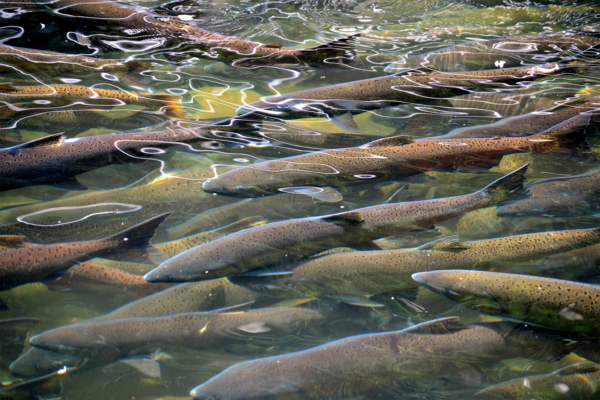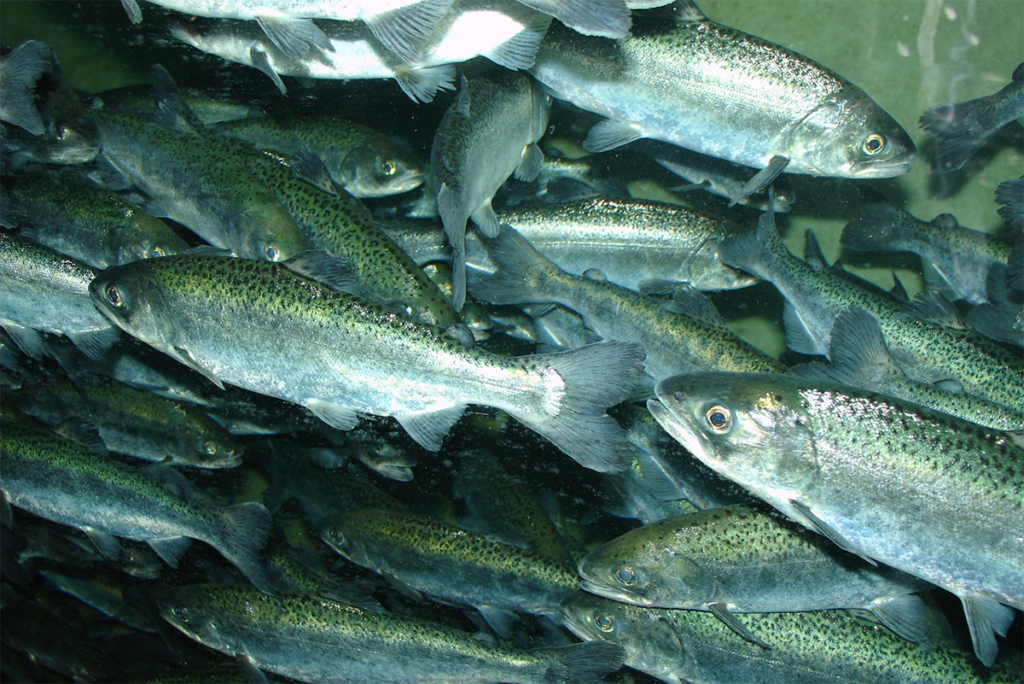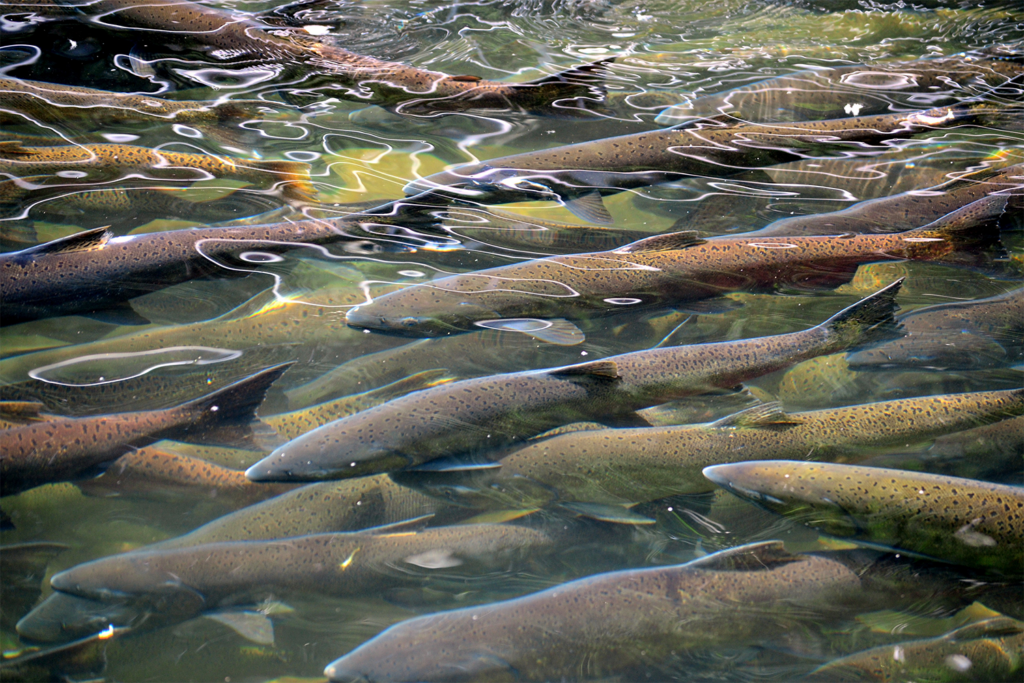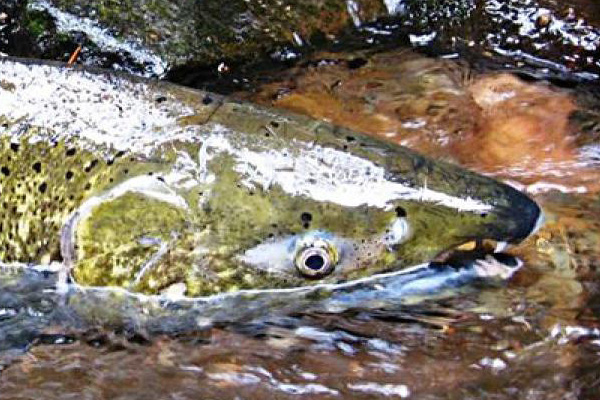Canadian government to build conservation hatchery in Prince George to boost Chinook and sockeye salmon recovery

The Canadian federal government has announced plans to build a new Pacific salmon hatchery in Prince George, British Columbia (B.C.).
This initiative, supported by the Pacific Salmon Strategy Initiative (PSSI), aims to bolster the conservation and recovery of wild Chinook and sockeye salmon populations. Operated by Fisheries and Oceans Canada (DFO) in partnership with the Lheidli T’enneh First Nation and Canfor Pulp Ltd., the hatchery will be constructed this fall on federal land along the Nechako River, near its junction with the Fraser River.
“As a Nation, fisheries are central to the work we do,” said Chief Dolleen Logan, on behalf of Lheidli T’enneh First Nation. “We remain committed to maintaining biodiversity in our traditional territory while enhancing salmon populations throughout the region.”
Fraser River salmon have significant cultural, social and ecological importance to many First Nations and British Columbians. However, many are in serious, long-term decline, and without action, some runs may disappear entirely.
“With this new facility, DFO and Lheidli T’enneh First Nation are embarking on a partnership that will help address historic salmon declines and improve access to the fish that are the lifeblood of Indigenous peoples in the region,” said The Honourable Diane Lebouthillier, Minister of Fisheries, Oceans and the Canadian Coast Guard.
The new conservation hatchery will address a “critical infrastructure gap” in the upper Fraser River region. It aims to improve the survival rates of various at-risk salmon species and help address challenges in their freshwater habitat. The hatchery will also offer valuable information about Upper Fraser salmon stocks, which will aid in more effective rebuilding efforts.
“With an eye towards our shared future, we are positioned to impart traditional knowledge and opportunities on Nation youth, while developing new skills and employment opportunities,” said Chief Logan. “From training and development opportunities to strong collaboration with the Department of Fisheries and Oceans (DFO), we look forward to working to advance the development and operation of a Pacific salmon hatchery in Prince George, B.C.”
Now that you've reached the end of the article ...
… please consider supporting GSA’s mission to advance responsible seafood practices through education, advocacy and third-party assurances. The Advocate aims to document the evolution of responsible seafood practices and share the expansive knowledge of our vast network of contributors.
By becoming a Global Seafood Alliance member, you’re ensuring that all of the pre-competitive work we do through member benefits, resources and events can continue. Individual membership costs just $50 a year.
Not a GSA member? Join us.
Author
Related Posts

Fisheries
Environmental DNA can help understand the distribution, abundance and Health of Atlantic and Pacific salmon species
Through development and refinement, eDNA approaches will become increasingly available to managers of Atlantic and Pacific salmon fisheries.

Fisheries
Study: Ocean warming is driving wild Pacific salmon into Canadian Arctic
Ocean warming is increasing Pacific salmon in the Canadian Arctic, indicating that climate change is expanding their habitat.

Fisheries
How can hatchery-born Chinook salmon help with wild salmon recovery?
A new study finds hatchery-born Chinook salmon could help re-establish wild salmon populations, potentially improving health over generations.

Intelligence
First Nations-led artificial intelligence technology holds promise for salmon recovery
New artificial intelligence monitoring tool is "remarkably adept" at identifying and counting fish species.



